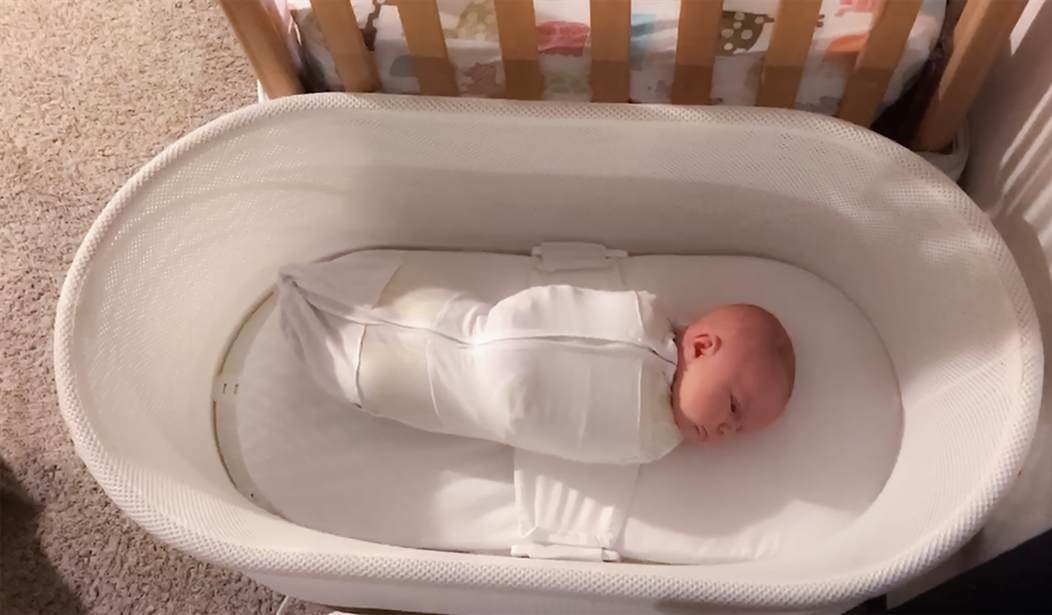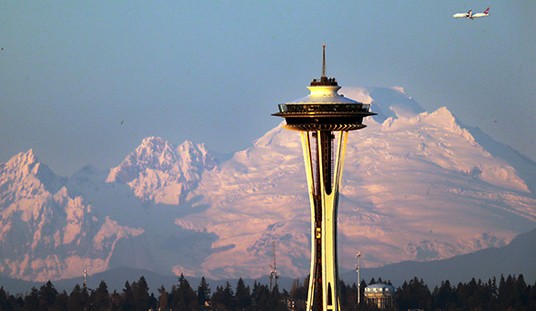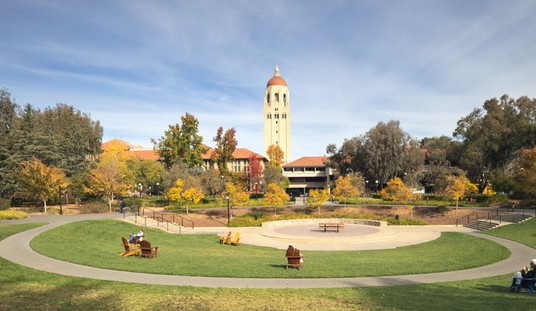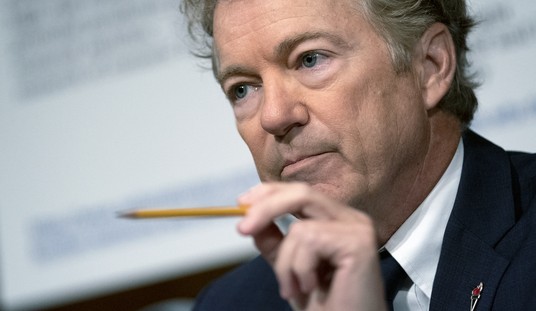The initial numbers from the 2020 census were released recently and they contain several oddities. Most of the focus is currently being placed on which states are gaining or losing congressional seats, as you might expect from a media cohort that focuses strongly on politics and policy. In those terms, we’ve already seen the projections. Some notable blue states will be losing a seat while some southern and western red states will benefit. Those shifts primarily indicate the migration of people away from expensive areas and toward more hospitable climes perceived to have greater opportunities and frequently better weather. But underneath all of the political churning in the census data was a rather disturbing fact. The population of the United States grew over the past ten years, but it was the slowest rate of growth seen in all but one decade of the nation’s history. Why? (Associated Press)
The nation’s political center of gravity shifted further to the Republican-led South and West on Monday, with Texas, Florida and other Sun Belt states gaining congressional seats while chillier climes like New York and Ohio lost them.
Altogether, the U.S. population rose to 331,449,281, the Census Bureau said, a 7.4 increase that was the second-slowest ever.
The new allocation of congressional seats came in the U.S. Census Bureau’s first release of data from a 2020 headcount. The numbers chart familiar American migration patterns, and confirm one historic marker: For the first time in 170 years of statehood, California is losing a congressional seat
So we experienced a population growth rate of 7.4% over the past decade. That’s the slowest rate of growth since the 1930s. This didn’t happen all at once, however. Our growth rate began slowing with the census of 2000 and that trend appears to be continuing. So what’s causing the slowdown?
A report from the Brookings Institute at the end of last year attempted to identify the primary factors. To say that the answer is “complicated” is an understatement. The decline in population growth in the year 2020 was significant, so it probably dragged down the numbers for the entire decade a bit.
2020 was easy enough to explain. As with everything else awful in the world today, you can blame the pandemic. Mortality rates were up. Families were holding off on having children in many cases, unsure of what sort of world they would be bringing them into. And at the same time, immigration into the country was down because of travel restrictions. All of those factors added up to a big decrease in the number of new Americans to be counted.
But that’s only one year out of ten, so we can’t blame the virus for all of this. Other factors are in play here. One significant one is that life expectancies in the United States, while still increasing, are increasing more slowly. In the past, when the average life expectancy was rising more dramatically, far fewer elderly people were dying, offering less of a counterbalance to the number of new babies being born and immigrants moving to our country. As the average life expectancy comes closer to stabilizing, that effect is reduced.
We’re also having fewer babies than in past decades. You can blame any number of factors on that data point. Working families engaged in family planning are choosing smaller families in favor of the ability to keep working and achieving economic success. Marriage rates have continued to dip while the average age when people get married has risen. (There was an admirable dip in the divorce rate too, for whatever that’s worth.) People starting families later in life tend to have fewer children.
One other factor to keep an eye on is a bit harder to quantify, but it’s an issue that’s projected to continue to plague us into the foreseeable future. Fertility rates in the United States have been dropping rapidly and that trend is being seen all over the world. Current projections suggest that a majority of countries will see their birth rates fall below the replacement rate in coming decades and by the end of this century, those countries will probably experience negative net population growth numbers.
Add all of this together and you see a picture of a nation and a world where the growth in human population is heading for a plateau. Whether this is a good thing or a bad thing in the long run I leave up to the sensibilities of the reader.








Join the conversation as a VIP Member